Plant Meristems and Growth
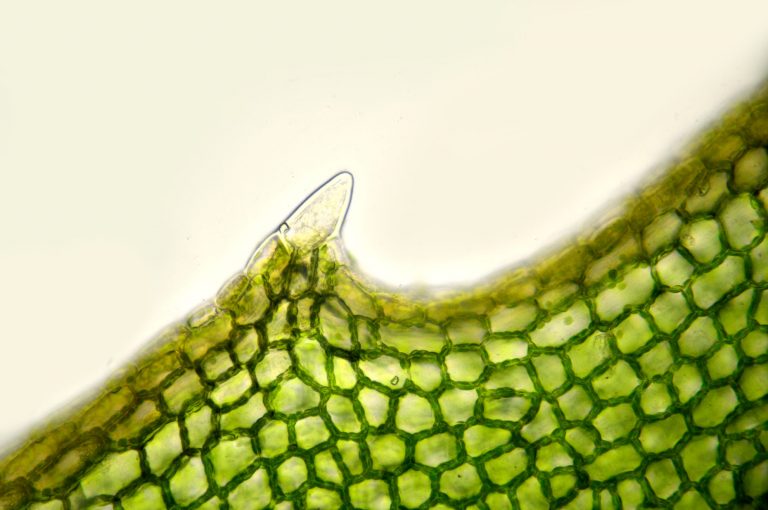
Plant meristem
Table of Contents
A common mistake that many people assume is that an increase in size means an increase in growth. This is not the case. Growth is the irreversible increase of cell number, and essentially its dry mass. This is because “fresh mass” is an inaccurate indicator because water levels in organisms fluctuate at different points in their life cycle.
Meristems
Plant growth occurs in areas called meristems, which are the site of repeated cell division of unspecialized cells. These cells differentiate and become specialized in relation to the function they will perform.
There are two types of meristems: lateral and apical.
Apical Meristems
Apical meristems are the site of primary growth in a plant and can be found at the root and shoot tips. Here you can find unspecialized cells, which undergo the following sequence to become a functional part of the plant
- New unspecialized cells become available at the meristems, the site of mitosis
- These cells become elongated and undergo vacuolation
- They become specialized (differentiated) to perform a particular function
- They then form part of a permanent tissue which performs a particular role within the plant
- The cycle continues for growth and regeneration purposes
Lateral Meristems
Lateral meristems coincidentally can be found growing laterally to the plant, they grow out the side of it. Lateral meristems are responsible for secondary thickening, which is required by perennial plants that grow year after year, and need the structural support to continue doing so.
This thickening occurs at the stem and root sections of the plant, and the secondary growth responsible for this thickening occurs in the cambium and cork cambium of the perennial plant.
The cambium completes rings for each successive growth, meaning the plant grows wider in girth. The larger the plant, the wider the girth will be required to support the plant upright. This cambium tissue continues to grow outwards forming layer upon layer of new living mass. On the outer layer of the plant, cork cambium forms to provide protection against pathogens.
New layers formed also form vascular bundles consisting of phloem and xylem, which will aid in transporting resources around the plant such as water and minerals. Unspecialized cells called parenchyma form the medullary rays that reach out laterally across a plant and are present for the transport of water to the outer regions.
As the continually growing outer layer expands, small gaps in the cambium called lenticels are found to assist gaseous exchange in the plant. Essentially, minerals and water come from the inner areas for the cambium and required gas (CO2) comes from the immediate external environment.
This repeated lateral growth gives rise to the question of why the age of a tree can be defined by rings formed by the cambium growth
Annual Rings
In Summer, the growth mentioned above can be executed much faster by the plant. There are a number of reasons for this
- The Summer season provides more daylight hours, allowing more photosynthesis to occur
- The Summer provide more intense, direct light for photosynthesis
- Biological matter in the Summer is at its greatest (insects etc), therefore the soil and its mineral content are desirable
- Biological reactions occur more efficiently in temperate conditions
Due to these favorable conditions, cambium is at its most active state, and therefore this is when the most growth occurs. Cells are visible more developed, more elongated, etc.
The opposite occurs in winter when conditions are less favorable, and therefore cell growth occurs over a smaller volume of area. These condensed areas of growth appear like rings to the human eye. This is how humans can tell its age due to the apparent age of the tree being deduced from the number of winters that the cambium has grown.
Annual Rings are formed by secondary growth, summerwood and springwood are parts of annual ring. Watch this video to learn about annual rings.
Recommended Sources
- Plant Direct – an open access plant science journal that covers various topics in plant genetics, plant cell biology, plant physiology, plant molecular biology, plant evolution, and many more.
You will also like...
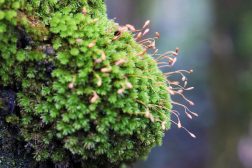
Meiosis and Alternation of Generations
Plants are characterized by having alternation of generations in their life cycles. This tutorial is a review of plant m..

Plant Biology
Plantlife can be studied at a variety of levels, from the molecular, genetic and biochemical level through organelles, c..
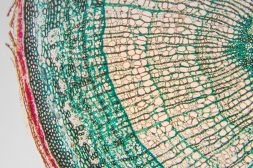
Plant Tissues
Plant organs are comprised of tissues working together for a common function. The different types of plant tissues are m..
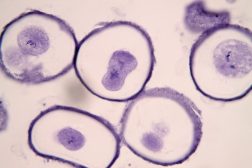
Meiosis – The Genetics of Reproduction
Meiosis is a form of cell division that creates gametes. It is comprised of two divisions that in the end, the resulting..
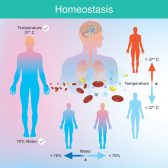
Physiological Homeostasis
Homeostasis is essential to maintain conditions within the tolerable limits. Otherwise, the body will fail to function p..

Growth and Plant Hormones
Plants, like animals, produce hormones to regulate plant activities, including growth. They need these hormones to respo..
